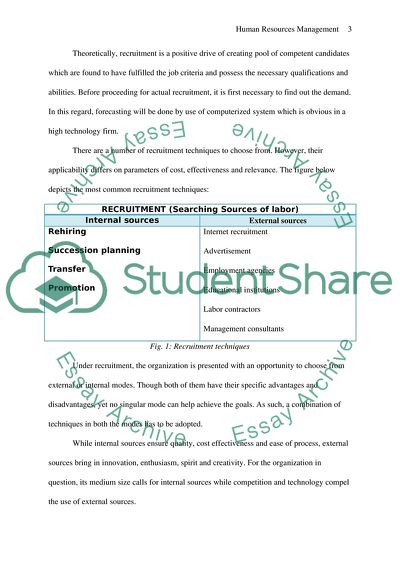Cite this document
(“Recruiting , Selecting and Orienting the Right People Research Paper”, n.d.)
Recruiting , Selecting and Orienting the Right People Research Paper. Retrieved from https://studentshare.org/human-resources/1748104-recruiting-selecting-and-orienting-the-right-people
Recruiting , Selecting and Orienting the Right People Research Paper. Retrieved from https://studentshare.org/human-resources/1748104-recruiting-selecting-and-orienting-the-right-people
(Recruiting , Selecting and Orienting the Right People Research Paper)
Recruiting , Selecting and Orienting the Right People Research Paper. https://studentshare.org/human-resources/1748104-recruiting-selecting-and-orienting-the-right-people.
Recruiting , Selecting and Orienting the Right People Research Paper. https://studentshare.org/human-resources/1748104-recruiting-selecting-and-orienting-the-right-people.
“Recruiting , Selecting and Orienting the Right People Research Paper”, n.d. https://studentshare.org/human-resources/1748104-recruiting-selecting-and-orienting-the-right-people.


